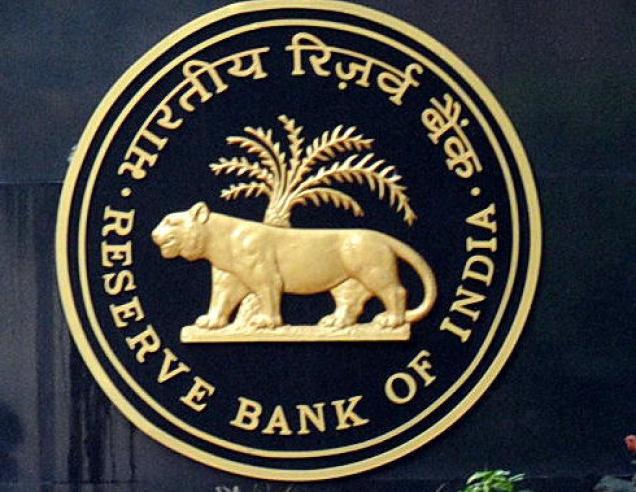The Reserve Bank of India’s first monetary policy statement for the financial year 2016-2017 is scheduled to be released on April 5, 2016. Given this, it is not surprising that demands for a cut in the repo rate are being made. Repo rate is the rate at which RBI lends to banks and acts as a sort of a benchmark for the short and medium term interest rates in the economy.
Economists and analysts expect the Reserve Bank of India(RBI) will to cut the repo rate by 25 to 50 basis points. With this cut, it is hoped that banks will cut their lending rates as well. As banks cut the interest rates on their loans, people will borrow and spend more. As people borrow and spend more, by buying more cars, more homes, more consumer durables and more two-wheelers, companies will benefit.
This will help economic growth. Low interest rates will also help companies which have huge debts to service. In short, this is Economics 101.
The trouble is that this Economics 101 works with the assumption that if the RBI cuts the repo rate, banks will cut their lending rates as well at the same pace. The question is will this happen? The past experience shows that the direct correlation between RBI cutting the repo rate and banks passing on that cut at the same rate in the form of lower lending rates, is rather weak.
As Crisil Research had pointed out in a report released in February 2015: “Lending rates show upward flexibility during monetary tightening but downward rigidity during easing. Between 2002 and 2004, while the policy rate declined by 200 basis points, lending rates dropped by just 90-100 basis points. Conversely, in 2011-12, when the policy rate rose by 170 basis points, lending rates surged 150 basis points.”
The RBI governor Raghuram Rajan had made a similar point in December 2015 when he had said: “Since the rate reduction cycle that commenced in January [2015], less than half of the cumulative policy repo rate reduction of 125 basis points has been transmitted by banks. The median base lending rate has declined only by 60 basis points.”
The point being that when the repo rate goes up, the banks are fast to pass on the hike to the end consumers, in the form of higher lending rates. But the vice versa does not seem to be true. Why is that? A simple answer is greed or the need to make more money. Further, the trouble this time around is that public sector banks are staring at a huge amount of corporate bad loans.
In order to handle this, banks are hoping to make a greater profit by cutting their deposit rates, but not cutting their lending rates at the same rate. Nevertheless, this is just a part of the problem.
Latest data released by the RBI shows that deposit growth has slowed down tremendously. Deposit growth in 2015-2016 (actually between March 20, 2015 and March 18, 2016) came in at 9.9%. The Mint newspaper reports that this is the lowest since 1962-1963. Back then, the growth in deposits had stood at 6.5%.
I couldn’t independently verify this. Nevertheless, RBI’s Handbook of Indian Statistics has data for deposits with scheduled commercial banks from 1976-1977. This data clearly shows that the deposit growth in 2015-2016 has been the slowest in all these years. At 9.9% it is even slower than the deposit growth in 2014-2015, which was at 10.7%.
The deposit growth during 2011-2012, 2012-2013 and 2013-2014 had stood at 11.75%, 14% and 14.29% respectively.
So what does this mean? Banks make loans from deposits which they are able to raise. And if the deposit growth is almost at an all-time low, their ability to cut interest rates on their loans, will be limited. If banks cut deposit rates any further, the deposit growth will fall further and this will hurt their ability to give out loans.
There is another data point that needs to be looked at here—the incremental credit deposit ratio. This ratio is obtained by dividing the total loans given out by banks in the last one year by the total deposits raised by banks during the same period.
The incremental credit deposit ratio as on March 4, 2016, (the credit data as on March 18, 2016, is still not available), stood at 83.5%. This means that for every Rs 100 raised by banks as deposits, they lent out Rs 83.5.
It needs to be mentioned here that for every Rs 100 banks raise as deposits, they need to maintain Rs 4 with the RBI as a cash reserve ratio(CRR). Further, they need to invest Rs 21.5 into government bonds in order to maintain the statutory liquidity ratio(SLR). This leaves banks with Rs 74.5 to lend out of every Rs 100 that they raise as deposits.
The fact is that they have lent Rs 83.5 during the last one year. This has been possible because of the fact that the incremental credit deposit ratio between March 2014 and March 2015 had been at 68.7%. The low number gave banks scope to lend more in 2015-2016.
The point is that if the loan growth does pick up a little more from here, the incremental credit deposit ratio is likely to get worse in the days to come. If we take this possibility into account, banks will have a tough time cutting down their deposit rates any further. And that being the case, the chances of lending rates being cut further are limited.
But this is something that those demanding interest rate cuts all the time, are not in a position to understand.
The column originally appeared in Vivek Kaul’s Diary on April 1, 2016
